Boat Docking Inflatable Marine Floating Pneumatic Yokohama Rubber Fender
1. General introduction
ISO17357:2014 Floating pneumatic rubber fender is an anti-clossion device for marine application in the world. It is made of synthetic-cord-reinforced rubber sheet with compressed air inside to enable it to float on the sea surface and work as a shock absorber when ship to ship transfer operation and ship to dock berthing and mooring operations.
Evergreen floating pneumatic rubber fenders fully company with all requirements on ISO17357:2002 Sstandard. Our products are certificated by CCS, DNV, GL, LR and BV.
 2.  Construction  features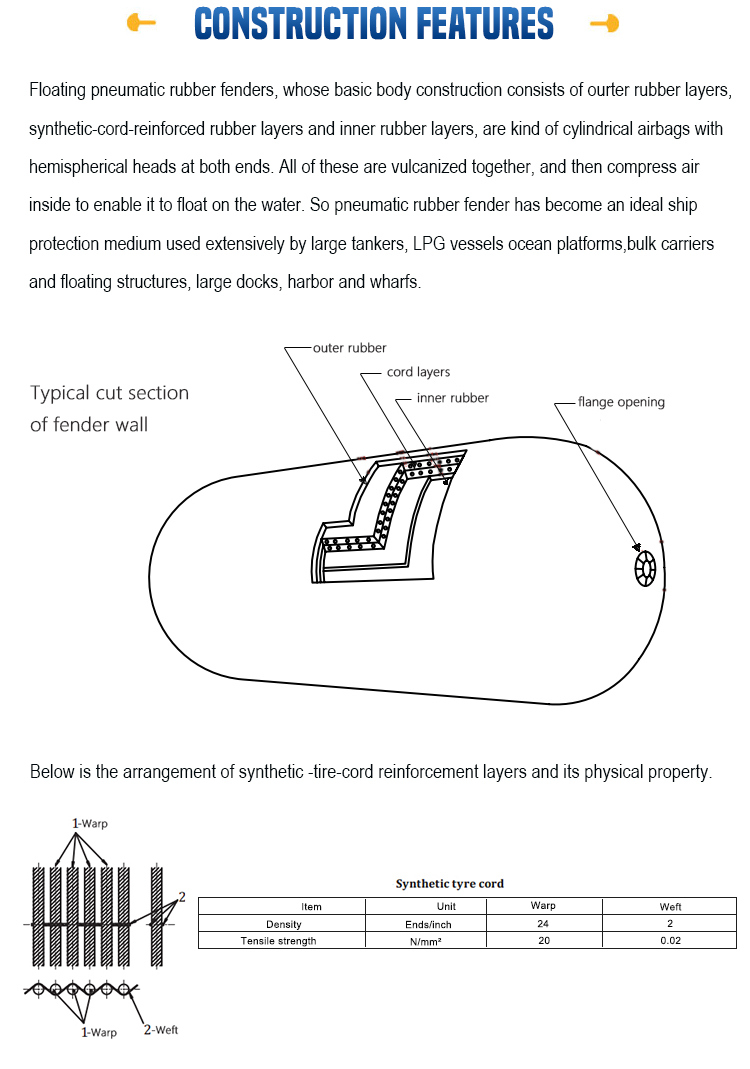
The basic body construction of  Floating pneumatic rubber fender consists of outer rubber layers, synthetic-tire-cord layers and inner layers. Please take the picture for reference.
All of these layers are vulcanized together ,and then compress air  inside to enable the fender to float on the sea surface.Â
 3.  Specification and Performance
| DiameterxLength (mm) |
Initial internal pressure(kPa) | Energy(kj) | Reaction(kN) | Hull pressue(kPa) |
| 500x1000 | 50 | 6 | 64 | 132 |
| 600x1000 | 50 | 8 | 74 | 126 |
| 700x1500 | 50 | 17 | 137 | 135 |
| 1000x1500 | 50 | 32 | 182 | 122 |
| 1000x2000 | 50 | 45 | 257 | 132 |
| 1200x2000 | 50 | 63 | 297 | 126 |
| 1350x2500 | 50 | 102 | 427 | 130 |
| 1500x3000 | 50 | 153 | 579 | 132 |
| 1700x3000 | 50 | 191 | 639 | 128 |
| 2000x3500 | 50 | 308 | 875 | 128 |
| 2500x4000 | 50 | 663 | 1381 | 137 |
| 2500x5500 | 50 | 943 | 2019 | 148 |
| 3300x4500 | 50 | 1175 | 1884 | 130 |
| 3300x6500 | 50 | 1814 | 3015 | 146 |
| 4500x9000 | 50 | 4752 | 5747 | 146 |
Yokohama Pneumatic rubber fender are available from 500X1000mm to 3300X6500mm, including all the standard and no-standard specifications.
Details:
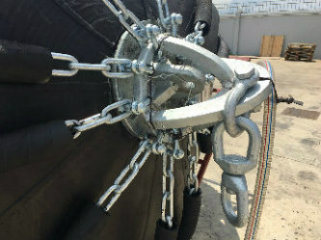 Â Â Â Â
    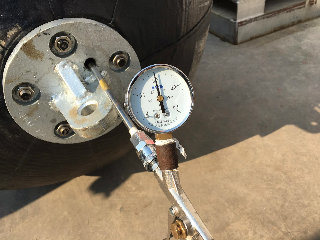
4.Pressure requirements of Yokohama type Pneumatic Rubber Fenders -
Evergreen-Maritime manufactures marine rubber fender with 50kPa (pneumatic 50) and 80kPa (pneumatic 80) initial pressure. The internal pressure, endurable pressure, safety-valve setting pressure and hydraulic test pressure are also in compliance with the requirements of ISO17357:2002.
Fenders of diameter 2500mm and larger equipped with safety valve for releasing excess internal pressure when the fenders are over-compressed accidentally.Â
Â
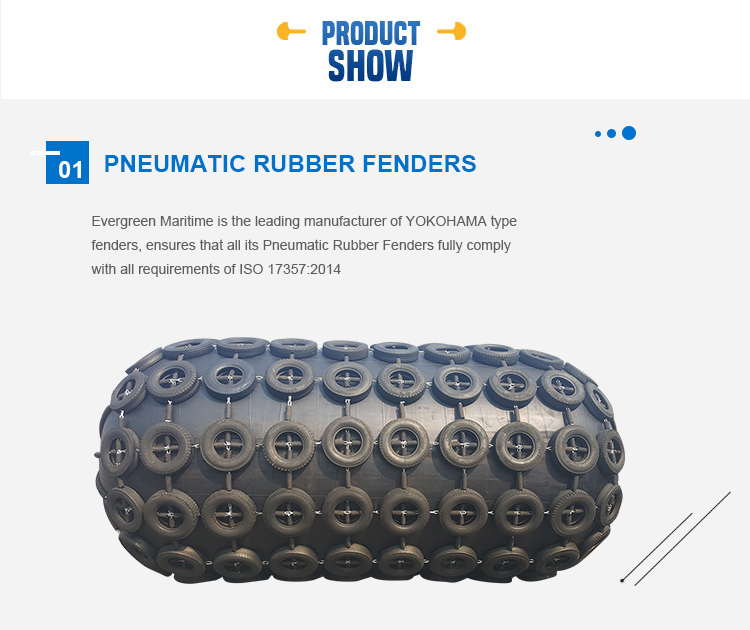 Â
 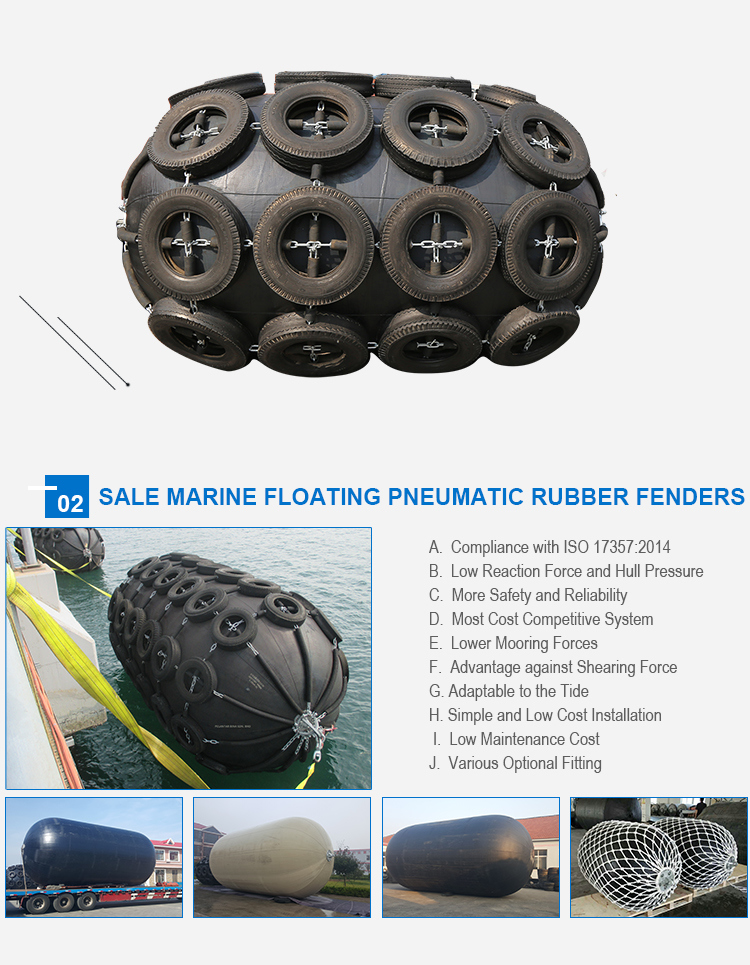 Â
 
Contact manufacturer directly for more details !
Marketing Manager:Â Â Â Â Aimee Sun
 Â
Tel: 0086 17663929266
Construction Hoist Electrical Parts
Some common electrical parts used in construction hoists include:
1. Control panel: This is the main electrical component that allows the operator to control the movement of the hoist. It typically includes switches, buttons, and indicators for various functions such as raising, lowering, and stopping the hoist.
2. Motor: The motor is responsible for providing the power to operate the hoist. It converts electrical energy into mechanical energy to lift and lower the load.
3. Limit switches: These switches are used to set the upper and lower limits of the hoist's movement. They help prevent the hoist from overtraveling and causing damage.
4. Emergency stop button: This is a safety feature that immediately stops the hoist's operation in case of an emergency or malfunction.
5. Overload protection: This is a safety mechanism that automatically stops the hoist if it exceeds its maximum load capacity. It helps prevent accidents and equipment damage.
6. Electrical cables and wiring: These components connect the various electrical parts of the hoist, allowing for the transmission of power and control signals.
7. Circuit breakers and fuses: These protective devices are used to prevent electrical overload and short circuits. They automatically cut off the power supply in case of excessive current flow.
8. Voltage regulator: This device ensures a stable and consistent supply of electrical power to the hoist, protecting it from voltage fluctuations.
9. Sensors: Various sensors, such as proximity sensors or limit switches, are used to detect the position, speed, or presence of objects in the hoist's path. They provide feedback to the control system and help ensure safe and efficient operation.
10. Wiring connectors and terminals: These components are used to connect and secure the electrical wires in the hoist, ensuring reliable and safe connections.
The specific electrical parts used in a Construction Hoist may vary depending on the manufacturer and model. It is always recommended to refer to the hoist's user manual or consult with a professional for accurate information.
Construction Hoist Motor,Construction Hoist Limit Device,Construction Hoist Electric Parts,Construction Hoist Reducer,Sliding Contact Line
SHEN YANG BAOQUAN BUSINESS CO., LTD , https://www.sczenghui.com